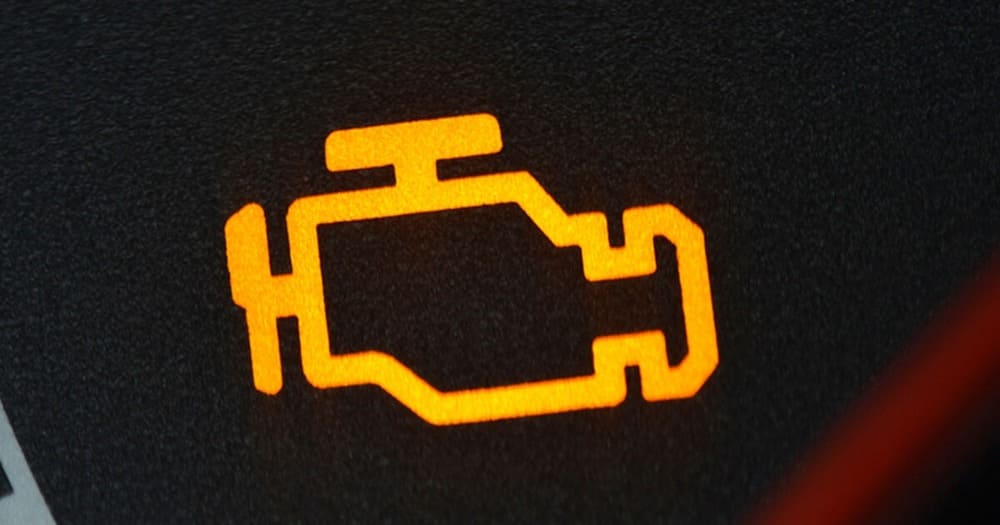
A Check Engine light isn’t cause for alarm but it could signal an important warning sign. Its presence could mean any number of under-the-hood snafus. Your vehicle’s Check Engine light can pop on for more than 1,400 different reasons–all related to your vehicle’s tailpipe emissions.
Part of your vehicle’s on-board diagnostics system, the Check Engine light can indicate anything from a quick fix (such as a loose gas cap or faulty spark plug) to a mid-sized problem (mass air flow sensor or oxygen sensor) all the way up to a big-time repair (such as a catalytic converter that’s on the fritz).
In some cases, you can avoid those larger repairs by responding immediately to an illuminated check engine light. For example, if your oxygen sensor is at the end of its lifespan, replacing it right away can spare the catalytic converter. But if the oxygen sensor is failing and allowing excess raw fuel to flow into the catalytic converter, it will shorten the lifespan dramatically.
One modern-day automotive myth is that isolating a Check Engine Light problem is as simple as attaching a diagnostic tool to the car’s computer and read a code. Unfortunately, it’s not that easy. Detective work by an automotive-service expert is required to properly diagnose and treat the problem.
Rather than reveal a single problem, the trouble code points to a system that’s triggering the problem. Compare it to someone suffering from a fever. Sure, a thermometer placed under the tongue shows a 100-degree reading. But does that number indicate whether that individual is suffering from the common cold, a flu, an infection or some other illness? No. That’s why a physician’s knowledge is needed.
Ditto for a Check Engine light. The code indicates an area in which a problem has occurred. Much like that 100-degree thermometer reading, a single code could be triggered by a number of causes. For example, a fault code in the EGR system (which recirculates some of the exhaust gases back into the engine cylinders) could signal a faulty and costly EGR valve or it could simply mean that the EGR passages need to be cleaned. It’s up to an automotive service expert to correctly identify the problem and advise you on the proper and most cost-effective cure.
Some are easy to figure out. Others take some time to diagnose. So, don’t ignore that Check Engine light.
One added warning: a flashing (vs. constantly lighted) Check Engine light indicates a repair should be performed ASAP. Bring your vehicle in for service immediately to avoid serious damage or risk being stranded.
Courtesy of autolablibertyville










